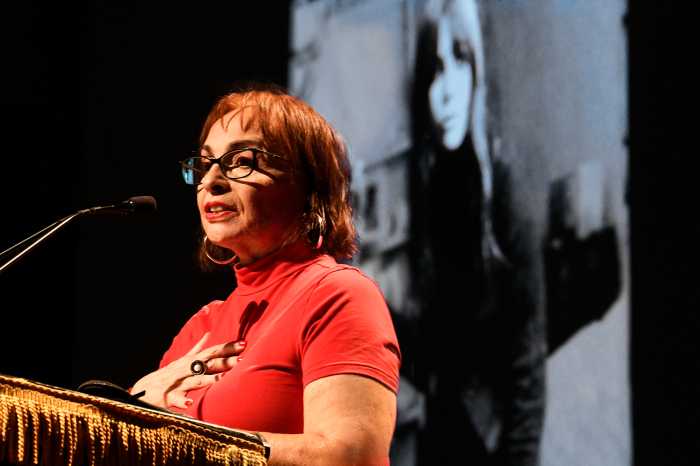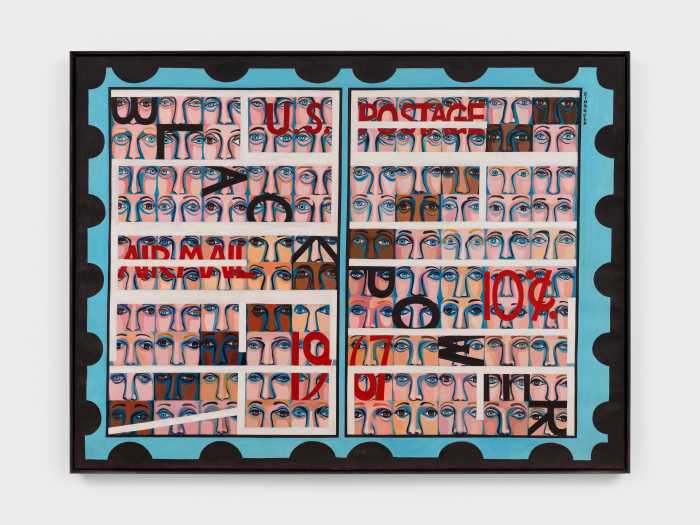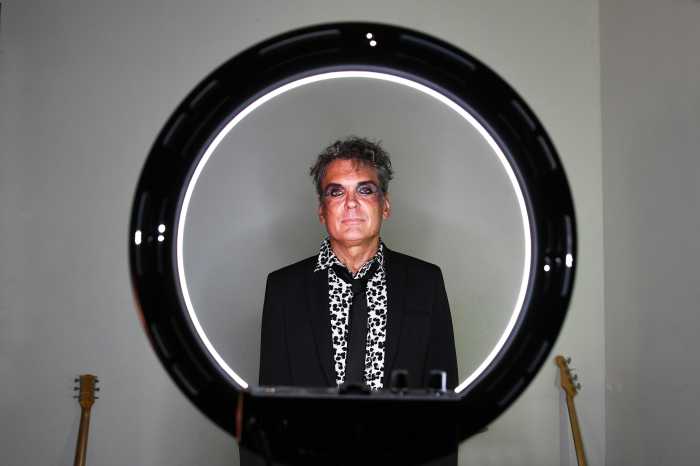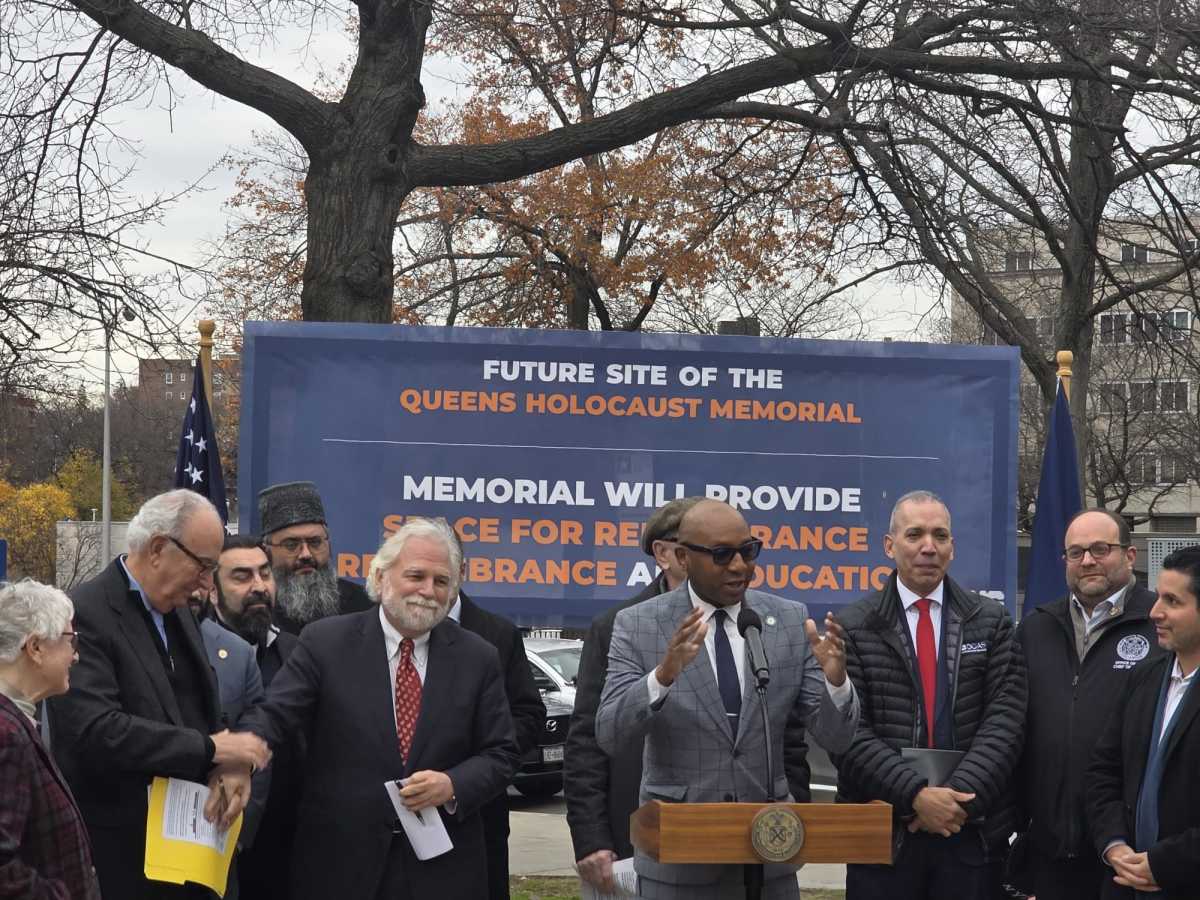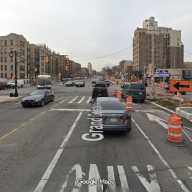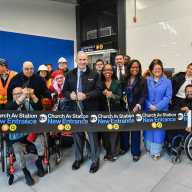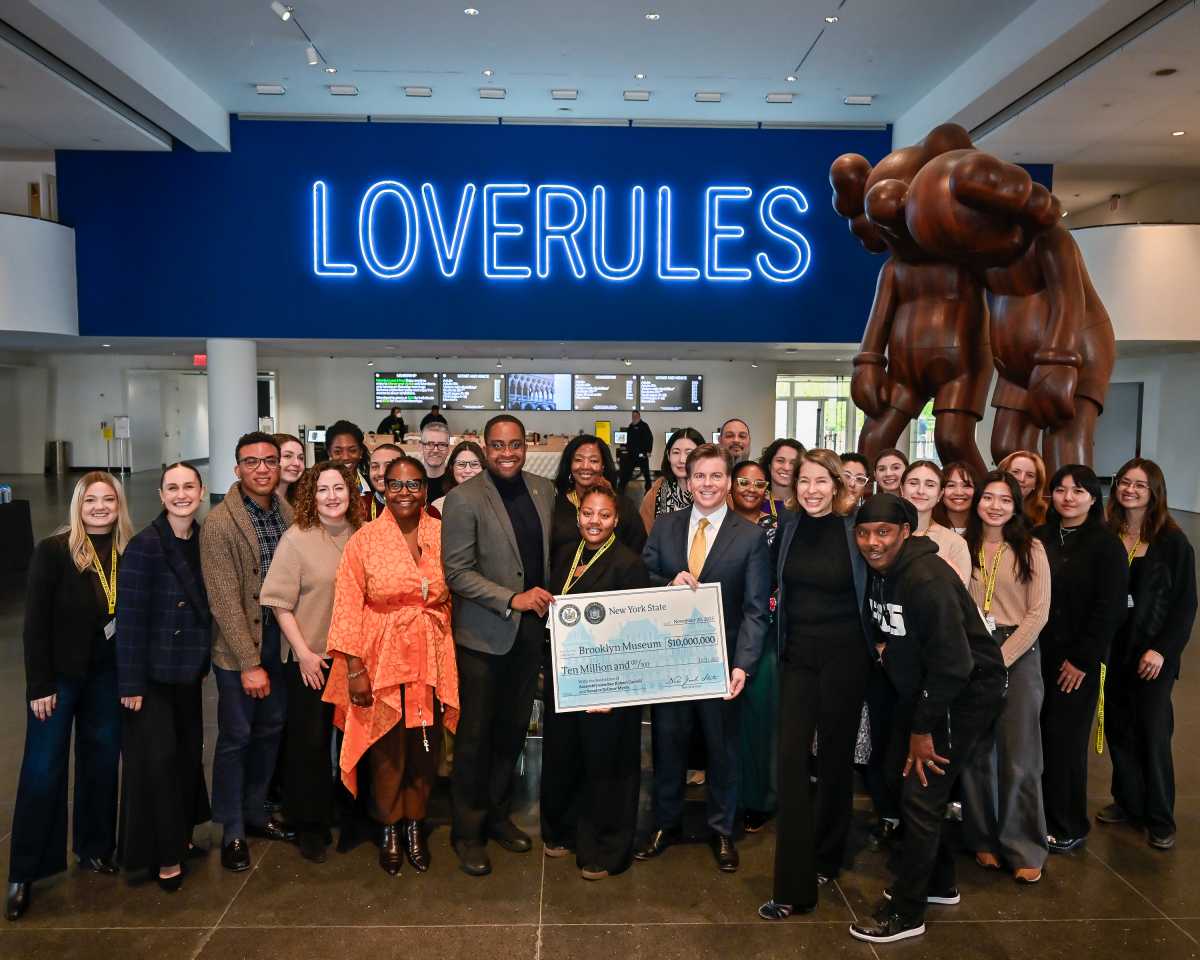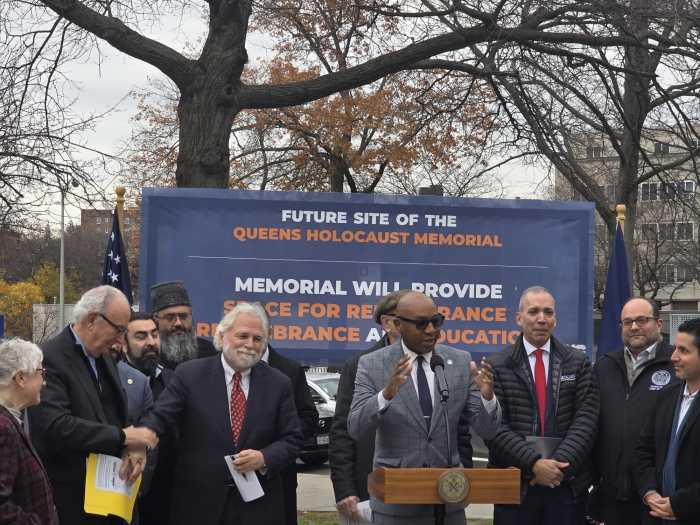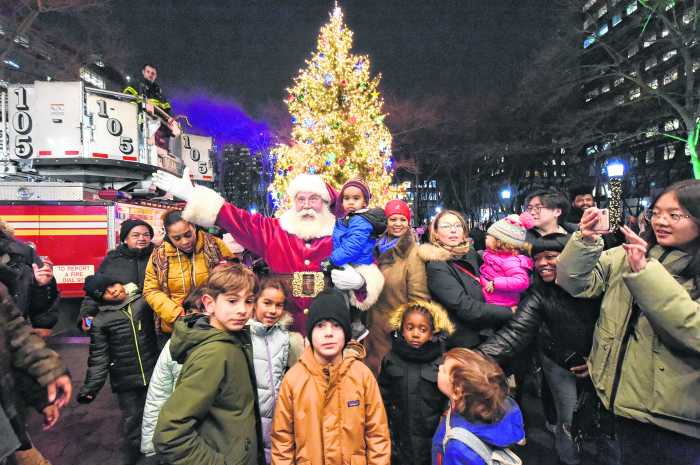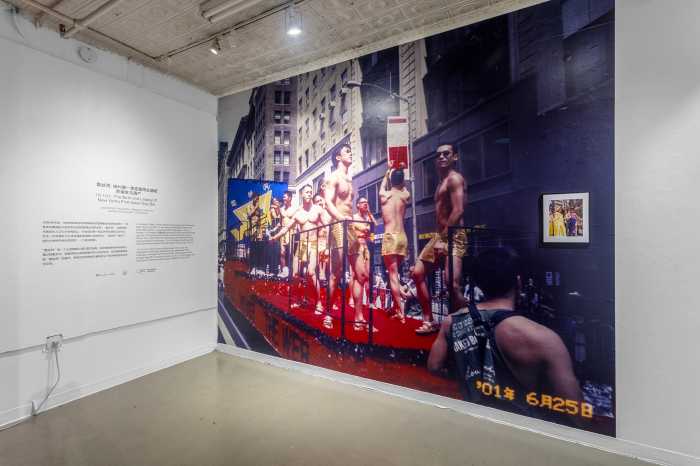By Victor J. Papa
One only has to open the home page of the Lower Manhattan Development Corporation to begin to make the stark comparisons about how the needs of one community are considered over those of another. Under the heading “A Spotlight on L.M.D.C. Funding Recipients,” one reads, “Manhattan Youth Provides Programming for Young and Old… .” Reading further, one learns that Manhattan Youth, a Lower Manhattan nonprofit community recreation facility, received a $1.5 million capital grant from the L.M.D.C. for operating expenses of Manhattan Youth’s Downtown Community Center.
This was generous government support for the Lower Manhattan community to receive, as much as it was generous for the L.M.D.C. to give. But what turns out to be a comparable community recreation facility for the young and old of the Lower East Side, one promised as far back as 1994, turns out to be Basketball City, a commercially driven private corporation. That this facility is often referred to as a “community recreation facility” belies, or perhaps is to compensate for the fact that, on the very pier Basketball City will be located, is a promise denied the Lower East Side community.
The why of this misleading reference may be entwined through an intentional, or not, misinterpretation of a memo of understanding (M.O.U.) that was entered into on Oct. 7, 1994, by and between petitioners in Silver v Dinkins. According to the terms of this court settlement, and much to the credit of Assemblymember Sheldon Silver on behalf of Community Board 3, an important community “fair share” principle was settled. The M.O.U. specified that Department of Sanitation storage and maintenance equipment space on portions of East River piers 35 and 36 was solely limited to the exclusive service needs of the C.B. 3 district.
Most important, this M.O.U. includes terms for the provision of a “community recreation facility” on the piers. From any reading of the agreement, it is to be a community recreation facility not tied to any concessions, other than granting use of the general area for Sanitation and E.M.S. personnel and offices and equipment for these agencies. The M.O.U. makes no reference to a private corporation. It even contained a capital-expenditure commitment from the city of $1.5 million for the community recreation facility. The M.O.U. also specified that a local ad hoc committee — comprised of state and local officials and community representatives of the board of the Gouverneur Gardens Housing Corporation, also parties to the settlement — was to be given the parameters to determine the designated 64,000 square feet as a permanent community recreation facility. If that facility is now, as it would seem to be, Basketball City, then we have to assume it was the ad hoc committee that determined it as such, perhaps through a most elastic interpretation, or egregious misinterpretation.
That Basketball City will be a recreation facility located within the Lower East Side community is undeniable. That it contravenes the M.O.U. as a community facility meant for the folk of the Lower East Side — who are sorely lacking one — is certain.
If the legal strength and intent of that M.O.U. weren’t sufficient for keeping a promise seven years before 9/11, then on the basis of equity, the provision of a community recreation facility should have been far more possible to realize afterward. The Lower East Side community should have been given a community recreation facility based on the same expectations the Lower West Side Downtown community would ask for and eventually receive from the L.M.D.C. renewal funds.
If the congressional mandate of the renewal of the entire Lower Manhattan area is properly understood in its geographical scope — a mandate that legitimized the very establishment of the L.M.D.C. — then what happened to the Lower East Side’s interests? Why does this largely low-income community now have to be placed in the untenable position of having to negotiate affordable fees for low-income community residents with a private, national corporation? Thus far, negotiations have yielded a mere pittance, and whatever the final result, Basketball City probably cannot be legally bound to honor it, in the end. The deal is already done. This by dint of a recently signed, sealed and delivered New York City Economic Development Corporation long-term lease.
Basketball City not only received a long-term lease, but also the benefits that will come with a New Market Tax Credits Program — all on the basis of being awarded the right to develop the site through a request for proposals (R.F.P.) issued long before 9/11. However, since 9/11, property values in Lower Manhattan have actually increased, including those on the Lower East Side. Moreover, the city is spending millions of dollars on the improvements of the East River waterfront, the results of which will accrue indirectly to Basketball City’s benefit — i.e., parking lots, waterfront views, etc. Notwithstanding questions of equity between two communities, what might the Lower East Side community have gained if other interested entities were given an opportunity to respond to a more-current post-9/11 R.F.P.?
It will be said that Basketball City is community conscious. There is no reason to doubt that, as evidenced by their rather proactive outreach to communities. But isn’t that rather patronizing? Why should the Lower East Side acquiesce for a promise never delivered simply because Basketball City has had good relations with — and may have even been generous to — other communities?
Certainly, there are remedies that may mitigate this situation. The most promising could be more Basketball City concessions in making community access to its facilities more affordable, especially to thousands of youth living in New York City Housing Authority developments along the East River — just across the street from Basketball City’s new location. Past discussions between community organizations and Basketball City’s president, Bruce Radler, have yielded some concessions already. But these gains only get thwarted by Community Board 3’s insistence that it alone has exclusive claim to the negotiating process, thereby rendering Basketball City the convenience of being neutral. But elected and E.D.C. officials might come together to break this impasse, inserting themselves into the process as mediators and leaders that can yield more equity for a community made skeptical by a history of inequities.




